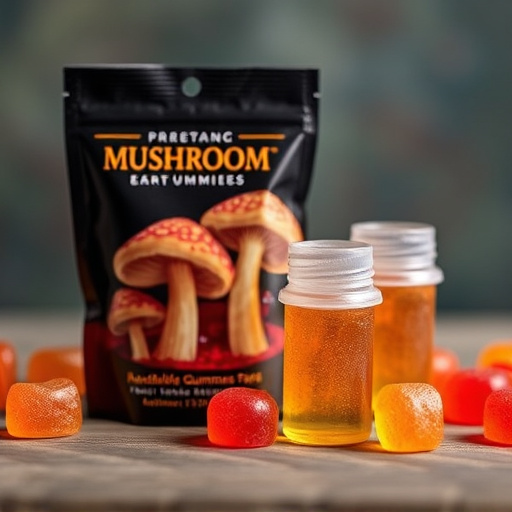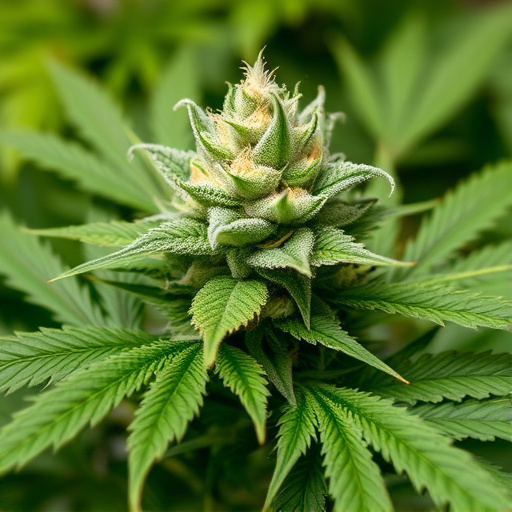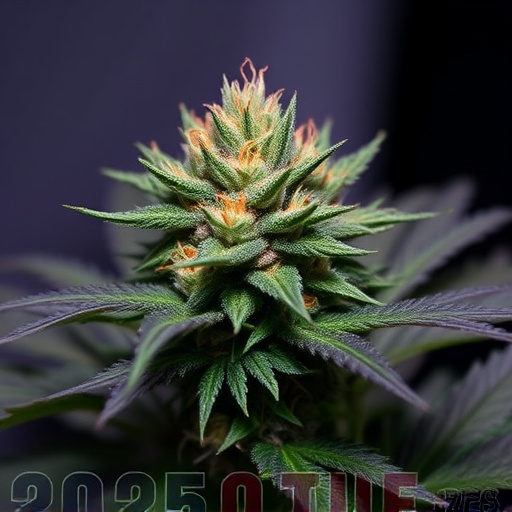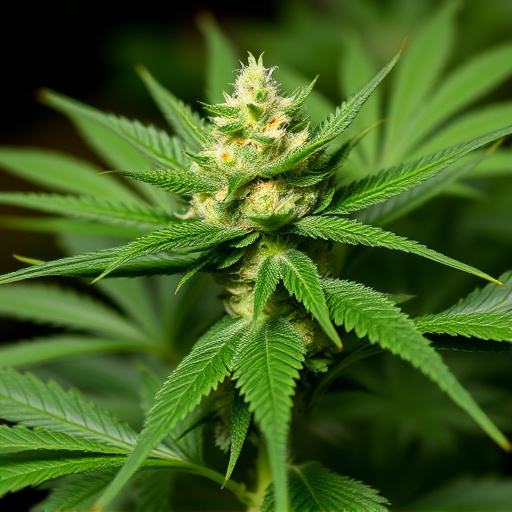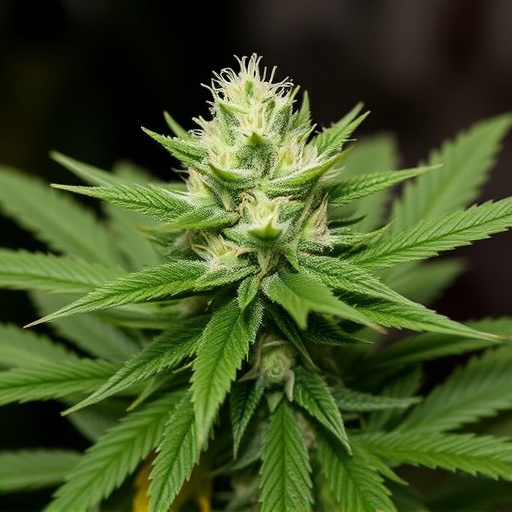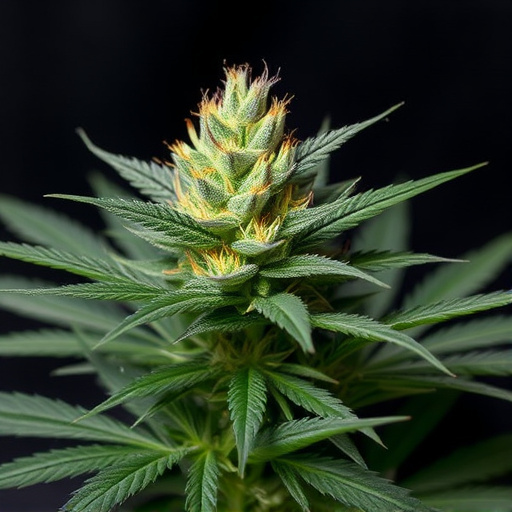By 2025, cannabis breeders have honed their craft, creating diverse top cannabis strains with tailored effects. Genetic modifications and cannabinoid profiles determine the potency and duration of a "high," offering consumers choices from intense yet short-lived to prolonged sensations. The key players are THC for psychoactive effects and CBD for reducing anxiety. Modern cultivation focuses on crafting specific THC:CBD ratios in top 2025 cannabis strains to cater to various user needs, both recreational and medicinal.
Uncover the secrets behind varying weed high durations in our comprehensive guide. Explore how genetics and cannabinoid profiles, from potent THC to calming CBD, shape your experience. Discover the surprising impact of individual factors like tolerance and overall health, and understand how consumption methods and environment influence duration. Discover the top cannabis strains of 2025, tailored for extended highs, and learn expert tips to optimize your experience.
- Genetics and Cannabinoid Profile
- – Discussion on how strain genetics influence high duration
- – Specific cannabinoid profiles (e.g., THC vs CBD ratios) affecting the intensity and length of effects
Genetics and Cannabinoid Profile
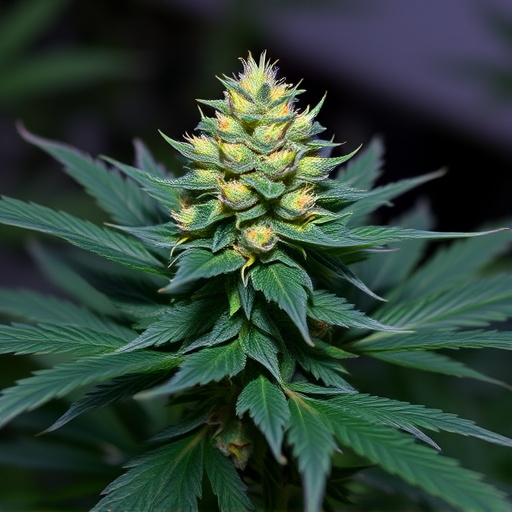
The genetic makeup and cannabinoid profile of cannabis plants significantly influence the duration and intensity of a high. In the competitive market for top cannabis strains in 2025, breeders are constantly developing new varieties with tailored effects. Higher concentrations of tetrahydrocannabinol (THC), the primary psychoactive compound responsible for the “high,” generally lead to more pronounced and longer-lasting effects. However, it’s not just about THC content; the presence and ratio of other cannabinoids like cannabidiol (CBD) play a crucial role in moderating the overall experience.
Some strains are bred to have specific genetic traits that enhance or diminish certain cannabinoid interactions, affecting how long the high lasts. For example, strains with higher CBD levels can provide a more balanced experience, potentially reducing some of the anxiety and paranoia sometimes associated with pure THC consumption. As such, consumers looking for prolonged effects might prefer strains known for their robust cannabinoid profiles, while those seeking a more tempered high could opt for varieties with strategic genetic modifications.
– Discussion on how strain genetics influence high duration
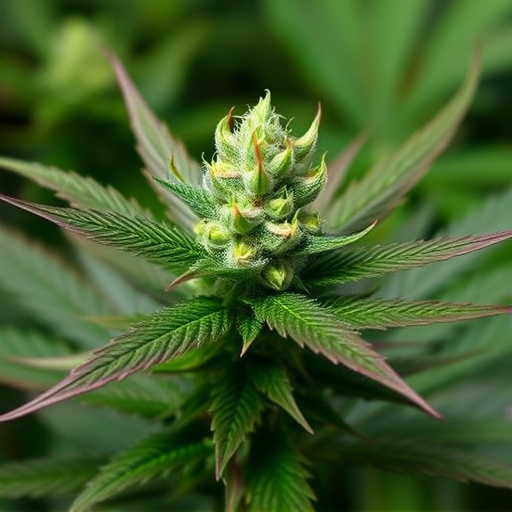
The duration of a weed high is significantly influenced by strain genetics, which play a pivotal role in determining the potency and effects of cannabis. Different strains possess unique chemical profiles, with specific cannabinoids like THC (tetrahydrocannabinol) and CBD (cannabidiol) contributing to their individual characteristics. In recent years, top cannabis strains 2025 have been developed with enhanced cannabinoid content, leading to more pronounced and extended highs. These highly potent strains often pack a punch that can last for several hours, providing users with an extended period of relaxation or euphoria.
Genetic diversity among cannabis plants results in variations in the production of these cannabinoids, affecting the overall duration and intensity of the high. Certain strains are renowned for their ability to induce prolonged sensations, while others offer more short-lived but intense effects. Understanding the genetic makeup of different cannabis varieties allows cultivators to breed and select strains that cater to specific user preferences, ensuring that the desired high duration is achieved in top cannabis strains 2025.
– Specific cannabinoid profiles (e.g., THC vs CBD ratios) affecting the intensity and length of effects
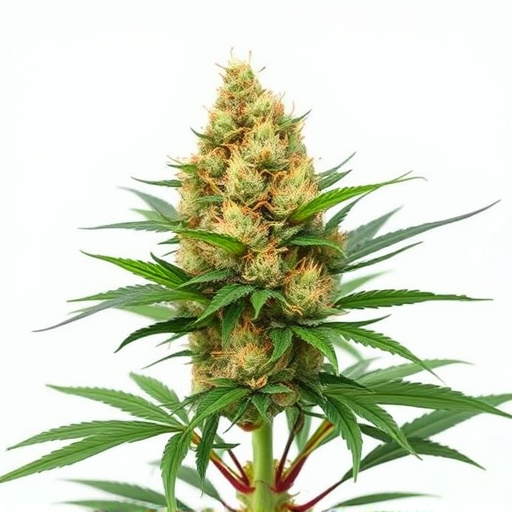
The cannabinoid profile of a particular strain plays a pivotal role in dictating the intensity and duration of its high. Tetrahydrocannabinol (THC), often referred to as the primary psychoactive compound, is responsible for most of cannabis’ mind-altering effects. Higher THC levels generally translate to more pronounced psychological effects, including euphoria and heightened sensory perception. However, it’s not the only player in this game; Cannabidiol (CBD), another prominent cannabinoid, has gained significant attention for its potential therapeutic benefits, including anxiety reduction and pain management.
While CBD doesn’t produce the same intoxicating effects as THC, it can actually mitigate some of the more intense side-effects associated with cannabis consumption, such as paranoia or anxiety. Top cannabis strains in 2025 are increasingly being cultivated with specific ratios of THC to CBD, offering users a range of experiences tailored to their preferences and needs. These advancements in cultivation techniques allow for fine-tuning the cannabinoid profiles, ensuring that the duration and intensity of the high can be optimized for both recreational enjoyment and medicinal purposes.
In conclusion, the duration of a weed high is significantly influenced by both genetic factors and cannabinoid profiles. Understanding these elements, particularly in the context of the top cannabis strains expected to dominate the market in 2025, empowers consumers to make informed choices that suit their preferences and desired effects. By considering the intricate interplay between genetics and cannabinoids, individuals can navigate the diverse landscape of cannabis consumption, ensuring a more tailored and enjoyable experience.



